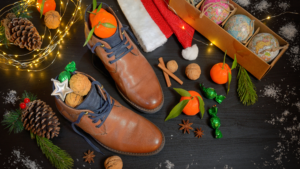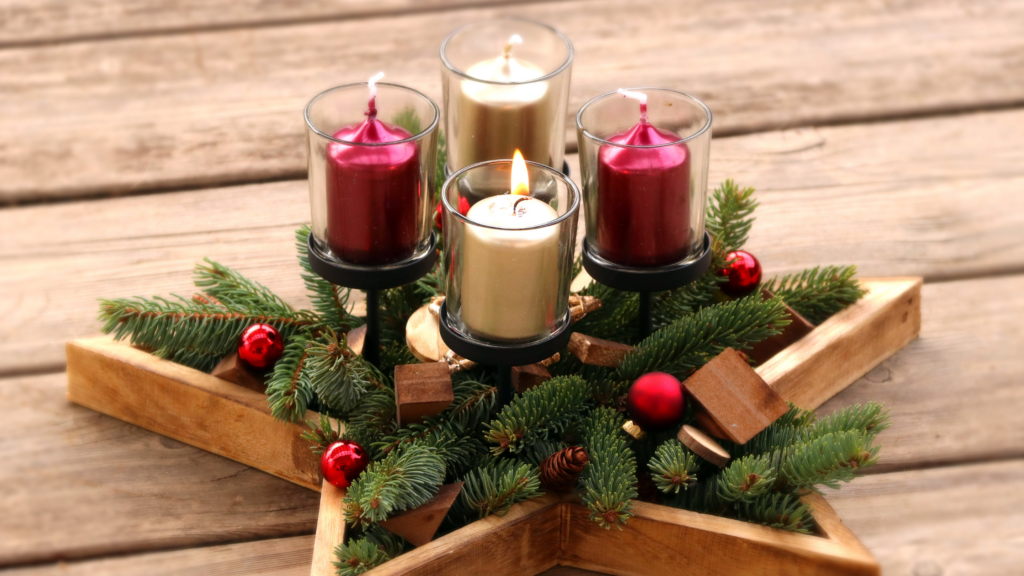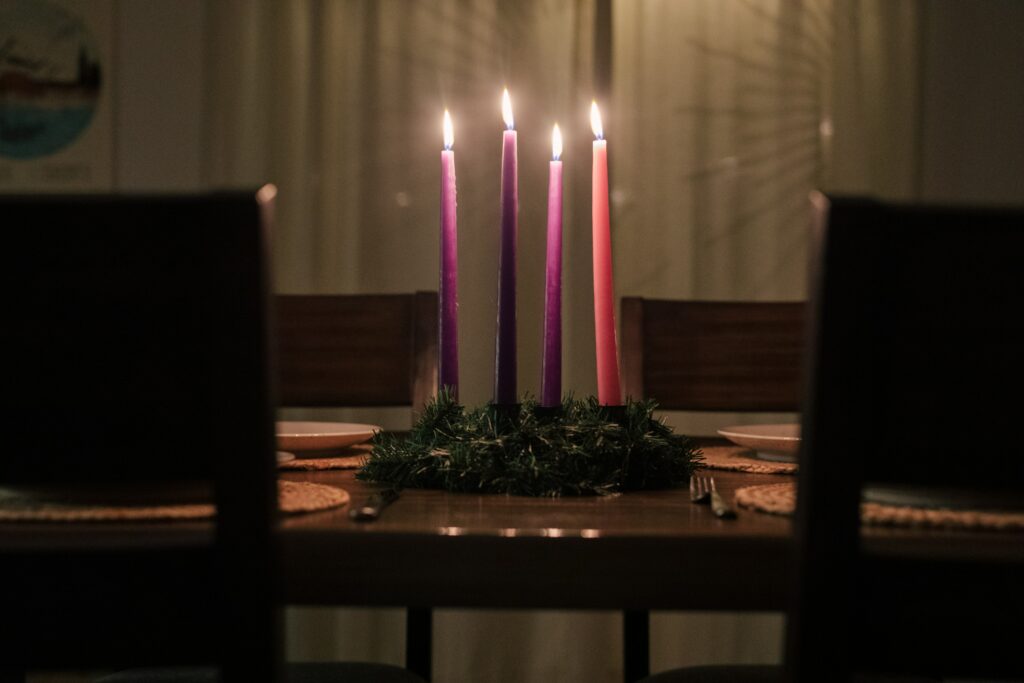
Among the legends of Christmastime, stories of St. Nicholas stand out and are popular especially among our Germanic and Italian communities. With the sense of his knowing the needs of persons and doing secret things to help them, delightful customs arise. In our family home back in the Midwest, two favorites stay in my memory.
On the evening of December 5, we would put out on the doorstep one of our shoes and add wrapped cookies or an apple or something special that St. Nicholas could use to help someone else. And he would then leave something for us that would let us know how we were doing in our before-Christmas behaviors. On rare occasion we might get a stone or piece of wood in our shoe, but usually a treat let us know we were okay! So December 6 became a sort of forecast for the work of the next several weeks. It heightened the spirit of the season.
Gifts of kindness
Another Advent season custom we celebrated is the Christkind. Though spelled in a variety of ways, it is the custom of having a secret person for whom we do special kind things during Advent, aware that while we are preparing for Christmas, Christ is already present in each person. Whether names are drawn in families or in friendship groups, it is a way of getting ourselves into the spirit of the season.
Some groups choose names on the First Sunday of Advent, others on the feast of St. Nicholas, December 6. Either way, the drawing of names launches us into a time of fun and wonder — wondering who our giver is, and how we can surprise our Christkind and not let them know who their giver is.
In our family of nine, Mom and Dad suggested that by doing things for several others we could keep confusing everyone. We all had to be good to one another — all throughout Advent! Those were the days. Small delightful, sometimes funny or useful things would appear or one of my sisters or brothers would volunteer to do ones of my chores, so I got to do the same for others — not just for my Christkind. Looking back now, I become aware again of how much those times meant to us, and how wise Mom and Dad were!
Family traditions like these can help us accompany the catechumens and candidates on their journey of faith. These customs not only warm holiday celebrations but also contribute to the formation of catechumens and candidates.
The big reveal
The day of the family “reveal” was Christmas Eve, after evening chores were done and we were too excited to go to bed before Midnight Mass. When the last Advent candle lighting took place, we took out our final little gift for our Christkind. Usually Mom would start by her reveal, and her Christkind would then reveal.
Around the table we went, with surprises, laughter, stories of how we hid our identity and did things for others to confuse them. It made the season of Advent even more a time of preparation spiritually as we prepared in many other ways too. The admonitions to keep up the good spirits and actions in the days after Christmas were the closing words as we then went for short naps before getting up and ready for Midnight Mass.
At home, in the buffet-top nativity scene, the stable, manger, straw and hay, and animals were ready. The Mary and Joseph statues were very close by, and the baby Jesus nowhere to be seen yet. The special sense of seeing the nativity scene in church mirrored the joy and anticipation: just before Mass began a young child and family carried in the parish’s Baby Jesus figure and placed it in the manger as the choir sang. I know that the season of Advent, well-kept and celebrated, made this time of Christmas all the more memorable.
Accompanying catechumens and candidates
Family traditions like these can help us accompany the catechumens and candidates on their journey of faith. These customs not only warm holiday celebrations but also contribute to the formation of catechumens and candidates. St. Nicholas’s generous care for others teaches them about Christ-like selflessness and compassion.
Practices like secret gift-giving to a Christkind foster community, joyful anticipation, and recognition of Christ’s presence in every person. Through participating in these practices, seekers learn to model virtues like generosity and recognizing Christ in others. Advent traditions beautifully nurture catechumens’ and candidates’ spiritual formation. The glow of the season then radiates through their lives well beyond Christmas Day.









